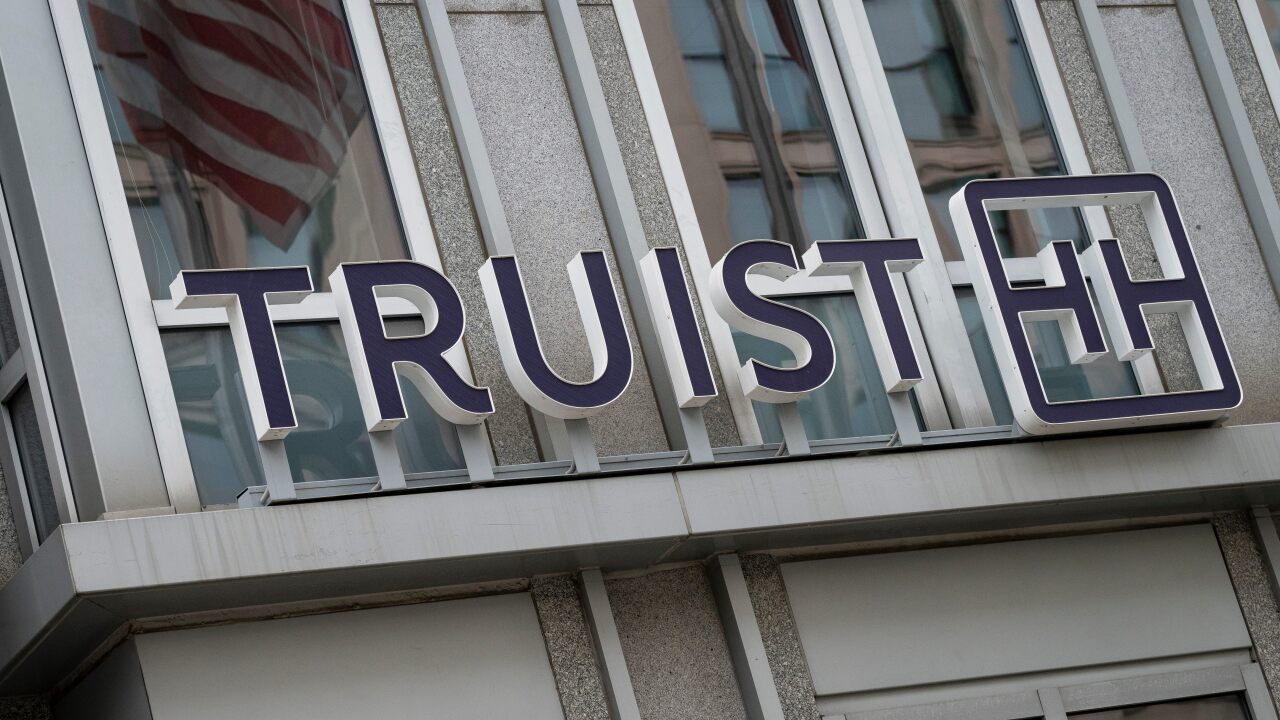The mobile payments industrys view on wallets has been myopic.
Recent data on consumer wallet behavior indicates that the industry needs to recalibrate to a more accurate perspective of digital payments needs; one based on consumer demand rather than a cool factor." Gallup reports that only 13% of U.S. adults with a smartphone have a digital wallet on their device. Of that number, 76% have very rarely used it to make a purchase from a retailer in the past 30 days. In fact, 38% of them do not see any benefit to using the technology at all.
As if that isnt indication that near-sightedness might be contributing to the optimistic mobile wallet forecasts, then consider this: Gallup found 91% of consumers who do not have a digital wallet say they are unlikely to start using one in the next 12 months. A reported 55% of non-users identified security as the primary reason they were unlikely to use a digital wallet in the next year, with 21% saying they did not know enough about the technology, and 14% indicating they did not see the benefit of using a digital wallet instead of credit cards.
Lets suppose for a moment that convenience is really the primary end game for all the players involved: consumers, financial institutions, merchants, acquirers and networks. Could the poor uptake in digital payments made from mobile devices be due to the convenience factor associated with the mobile wallet model fails the sniff test for consumers? What if consumers do not want a mobile wallet because mobile wallets are not a more convenient way to pay?
This is not a particularly radical assertion. Many commentators have noted that mobile wallets simply are not easier to use than cards. This is because use of a mobile wallet is not just confined to the payments process. They represent an additional app, maybe several additional apps, the consumer must load onto their device and manage. Starbucks, which is more a captive loyalty program with payment capabilities than a mobile payments app, is a good example of a model that cannot be replicated across multiple retailers without making mobile wallets more of a headache than the physical wallets, purses and briefcases with plastic cards. Having a mobile app for each of the five to seven favorite retailers a consumer frequents is effectively multiplying how many purses or wallets that consumer must keep track of.
Mobile payment adoption will begin to climb steeply when there is a digital model that does not require multiple wallets, additional swipes and extra pokes to make a payment. This is where financial institutions have something to offer. They already have a growing and vital digital relationship with customers that presents the perfect foundation for a convenient digital payments relationship. In addition, financial institutions meet the need for security to be the foundation of any digital payments model that expects to receive wide acceptance. Banks and credit unions are the organizations consumers repeatedly identify as those they trust most to keep their money safe.
Financial institutions, along with others in the payments industry, tend to not worry about fraud as much as many might think. The cost associated with payment fraud is a relatively small percentage of the profits in the payments industry as a whole. However, fraud is an ongoing and rising aggravation in the life of cardholder and the U.S. experiences the majority of the worlds payment fraud. In addition, though EMV will make it harder to counterfeit cards and use them at the point-of-sale in store, EMV will do nothing to prevent card-not-present fraud leaving online shopping especially vulnerable as criminals migrate to easier marks. This means fraud will continue to vex the lives of consumers in America and elsewhere.
Reducing the level of fraud that impacts the lives of consumers is a value-add that financial institutions can offer as a foundation offering digital payments services that other players cannot. However, because consumers arent keen on helping themselves by being more security conscious, financial institutions and payments processors will need to solve the problem for them. And, they will need to provide a holistic solution, one that works whether the consumer is shopping online or at the merchant shop down the street. This will take more knowledge than what is involved in creating mobile wallets; it will take decades of experience with the existing payment infrastructure. It should be noted that this existing payment infrastructure is not going away so disruption and disintermediation can only take root within it if they are to take root at all.
Even if banks and credit unions create their own branded wallets, it will be less of a barrier to adoption for consumers than using a mobile wallet from another organization that they may not trust with their money. Still, my hope is that financial institutions determine a way to further streamline the user experience by enabling their mobile banking apps to make digital payments. That may be as close to the killer app as it gets.
The mobile wallet is an industry metaphor that actually gets in the way of the discussion around the next step for payments. It was created mainly by companies who figured out it was easier to create a mobile wallet as a payments shell of sorts than it was to address the complex payments plumbing that needed changing.
Most noise around mobile wallets is not about the consumer, but rather about the vested interest of the companies offering them. Our focus should be about helping the consumer pay for goods and services using digital technology that provides convenience, security and other value-added benefits. Financial institutions are uniquely positioned to lead this effort and create the next generation of payments that will transcend all channels.
Michael Carter is a co-founder of Prairie Cloudware (





